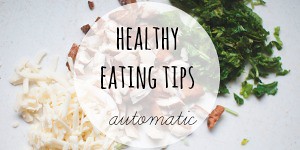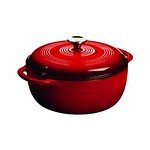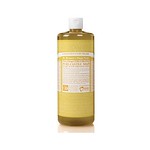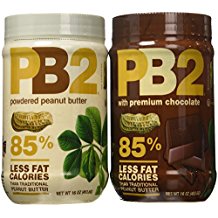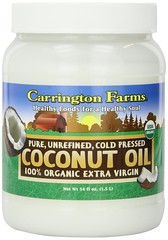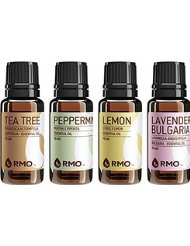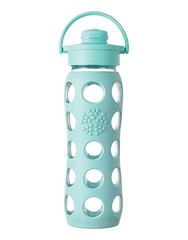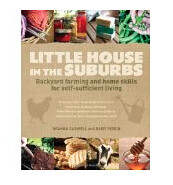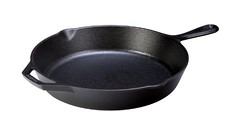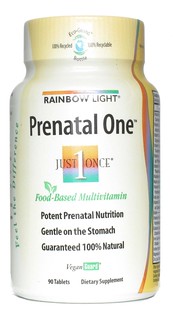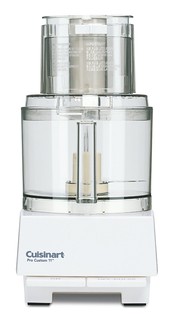How to Store Bulk Foods
>> Friday, January 15, 2010

So, the results are IN for the giveaway. And I'll post the lucky winners a bit later in the morning. Why wait? Anticipation, of course!!! This morning I want to talk food storage with you. If you're embarking on a journey of healthy eating at the start of this new year, you may find yourself stocking up on more dry bulk foods like quinoa, couscous, oats, granola, brown rice, dried beans/lentils, wheat pastry flour, coconut flakes, nuts, dried fruit, carob chips, etc. Many of these ingredients (if not all of them) can be bought in bulk -- and you can save some major bucks in the process.
You may also be searching for a way to store all those goodies you're cooking up. A plate topped with tin foil (my old preferred method) simply doesn't keep the kind of seal you need. Stale energy chunks are gross. I know from experience. How exactly can you store everything and keep it fresh? Just follow these simple steps!
Contain it. There are a variety of storage containers available on the market today. My favorite are the Oxo Pop Containers. However, a 10-piece set will set you back $100. I have some I've received as gifts or snagged up at Home Goods for a little over half the price. But, at least for me, it isn't realistic to store everything (and we have a LOT of bulk ingredients) in the posh canisters. So, I pick some of my very best ingredients . . . and they get to live the good life.
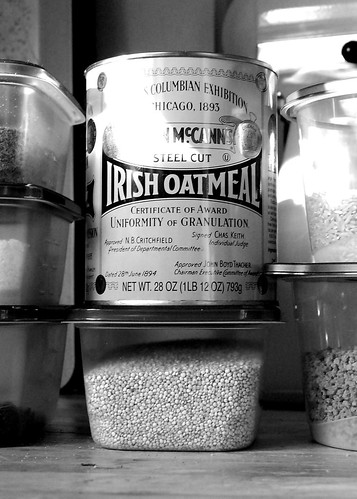
Contain it . . . for less. For everything else? I swooped up the plastic tubs you see above for less than $4.00. And actually less than that. I went to my local discount store and got the rectangle containers for $2.00 (but there are two others you don't see pictured) and the round ones also for $2.00 (and they came with three others). The oatmeal tin has lentils in it. I like to reuse, too! I find that my oatmeal tins and cardboard tubs (or glass jars from fridge items like pickles) work well for anything, really. Because, again, you can but everything in bulk and save. So, if that rolled oats package is still in good condition, fill her up again next time you visit the grocery store!
Save the date: All dry items can safely be stored for six months to a year. When I last visited my parents' house, I noticed all kinds of dates written on their boxes and containers. This is their sophisticated system of keeping track. No so sophisticated, right? So, it's easy. Write the date on the container . . . or keep an inventory log somewhere with those details. That way, there will be no question if something has gone sour.
Give 'em a name. This tip goes along with labeling the date. Sometimes it's difficult to remember what something is. Especially when you're trying new things (we had this problem with quinoa recently) . . . or when you need to choose between like-looking flours. What Stephen started doing is putting labels on the tops of our containers with what's inside, as well as any cooking instructions we need to follow. It's better than searching Google every night.
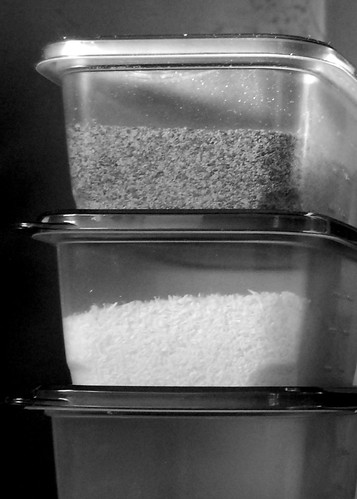
Keep it cool. Dry bulk foods stay fresh best in dry, cool conditions. It's that simple. So try to keep 'em away from moisture (so maybe not near the oven or sink or dishwasher). If you have a pantry, that's great. If not, a good cabinet shelf should do just fine.
These are just a few steps we follow to keep everything organized and fresh. But I'm sure we don't know everything there is to know about this important process. One other thing I neglected to mention is that you can take your containers with you to the grocery store and fill them up in the bulk foods section. Just make sure you take the tare (weight of the empty container) before weighing the contents.
That's all for now. I'm off to make pizza dough for our dinner tonight. Stay tuned for the giveaway winners!
Like what you just read? You can subscribe to the feed of these posts or follow us on Twitter or Facebook to be the first to know what the (never home)makers are up to. And we’ll love you forever <3





